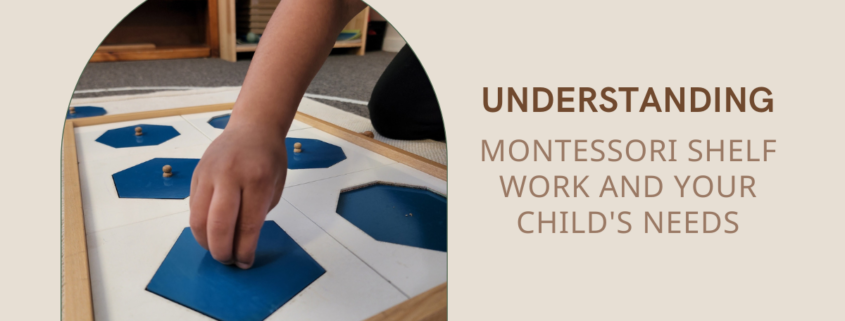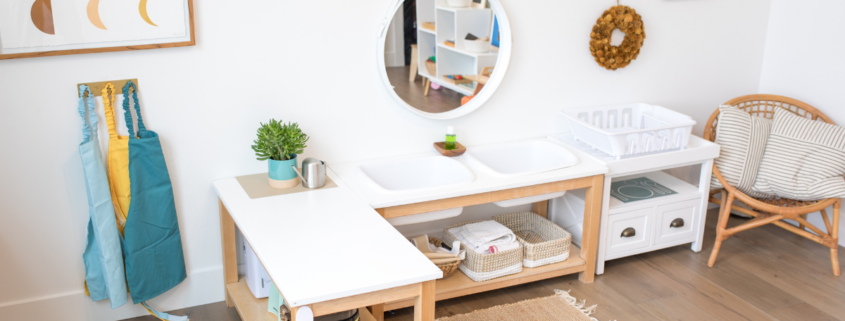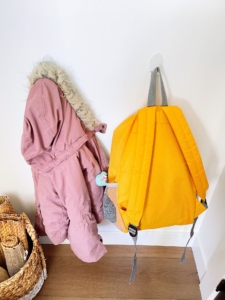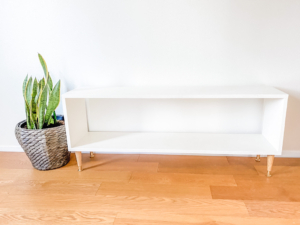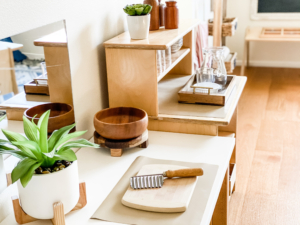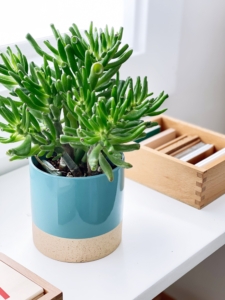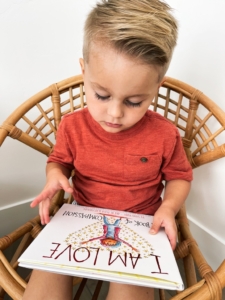My Child isn’t Interested in Shelf Work
Shelf Work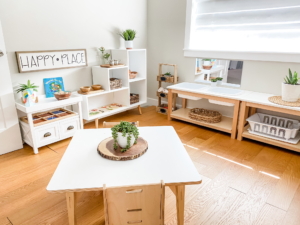
Shelf work is important…..it’s a part of a Montessori environment for sure, but understanding how to draw a child into being interested in shelf work is part of understanding the Montessori Method.
Sometimes shelf work isn’t interesting to a child because he/she just might not be INTERESTED in it. This is where observation plays an important role.
Observe
Step back and watch what your child gravitates to during your normal day. Where do his/her interests lie at the moment? This will help you determine whether the work you prepared is appropriate. Are they collecting rocks, showing interest in counting, wanting to be with you in the kitchen, singing a lot, and the list could go on and on. But pay attention so you can begin to formulate ideas of what might be of interest to them on their shelf.
What do you Notice?
Sometimes the work is too difficult or too easy or maybe your child still needs to work on larger gross motor skills in order to develop more concentration.
But a lot of times, a child doesn’t show interest in something because he/she needs help honing in on what is prepared. It is so important to make sure they see what is on their shelves. So here are 3 things that you will want to consider when you want to bring your child’s attention to what you have prepared.
Try This!
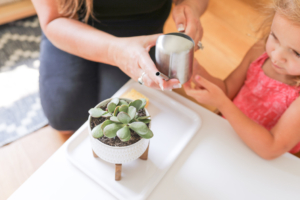
01. Give a Lesson! Have you shown your child how to use the materials that you have prepared? If not, go back and do it. Show them how something works, how to lay it out and key things that might be important to share with them. You might bring their attention to the color, the shape, the texture, etc. Remember to show more than talk and allow them to draw any conclusions from the material themselves. You can find more about “The Lesson” in an upcoming post.
02. Invite your child to the Work! Invite your child to have a lesson on the work. “Can I show something on the shelf?” or “Would you like to learn more about this?” You can also give a silent invitation. Simply pull a work off the shelf and put it on a floor mat or on a low table where they will see it when they walk in. There is no need to point it out when you do this just watch and see if that draws them to the work.
03. Work with the material yourself? When we work with the material ourselves while your child is watching, it will show your interest in what you have prepared. Again, no need to say anything to your child. This isn’t a lesson per se. It is more of an attention grabber. Choose a work and bring it to the floor or table and begin working with it yourself. When or if your child draws himself or herself closer, gently ask if they would like a turn. At this point you can stay next to your child or slowly back away allowing space for your child if that is what is needed. Or maybe they want you to stay near because they want to do it with you. Either and both are perfectly OK!
Try these things and let us know if any of the ideas worked. And if not, we can help you sort that out as well!

